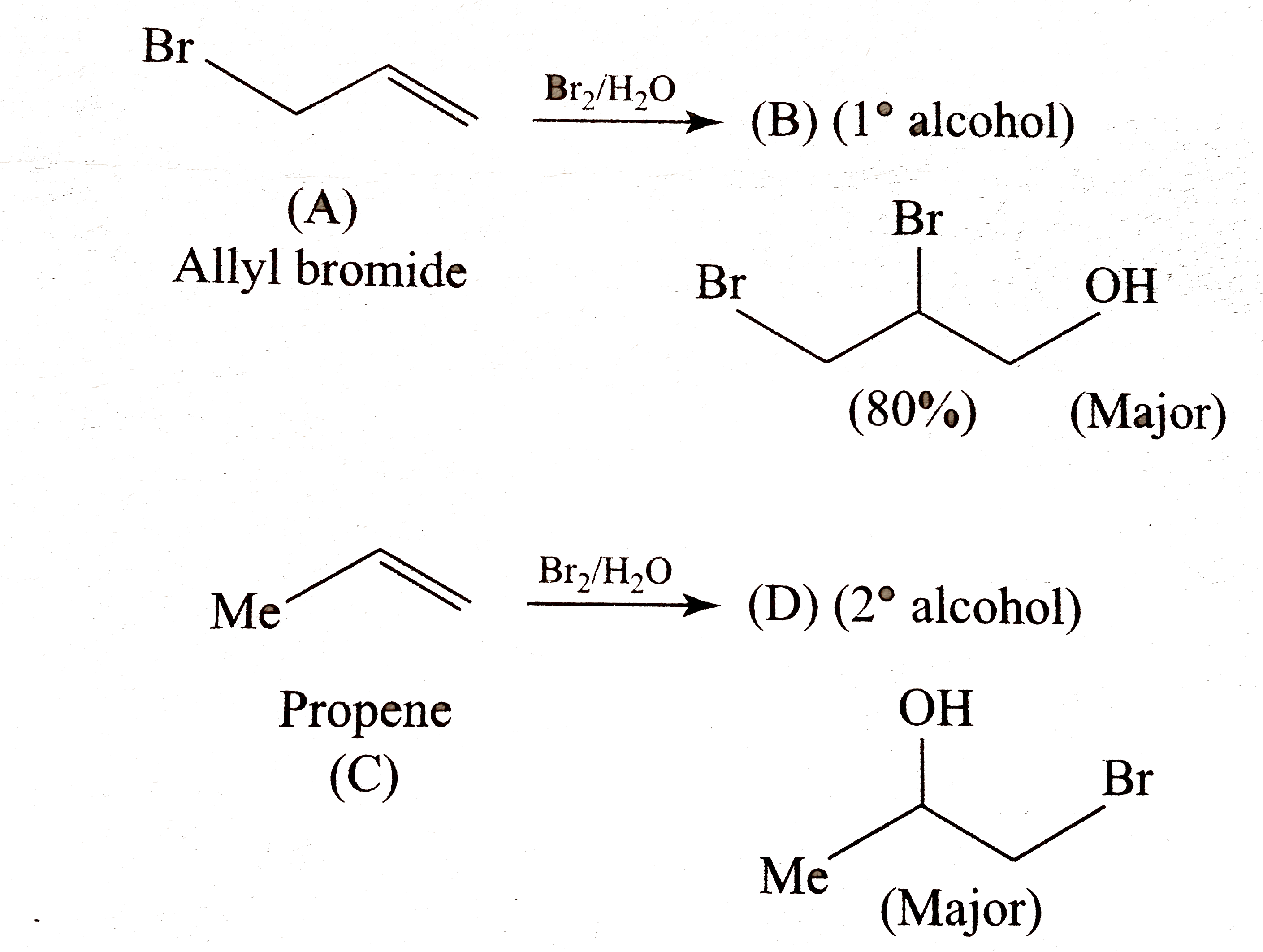Classify the following processes as exothermic or endothermic:
(A) Burning of a match stick (B) Melting of ice
(C ) Molten metal solidifies (D) Reaction between Na and H2O
(E ) Rubbing alcohol evaporates.
The correct Answer is:Exothermic A,C,D ; endothermic ; B,E
To classify the given processes as exothermic or endothermic, we will analyze each process based on whether it releases heat (exothermic) or absorbs heat (endothermic).
1. Burning of a match stick (A):
- When a match stick is burned, it undergoes combustion, which releases a significant amount of heat and light.
- Classification: Exothermic
2. Melting of ice (B):
- Ice absorbs heat from the surroundings to change its state from solid to liquid. This process requires energy input to overcome the forces holding the ice molecules together.
- Classification: Endothermic
3. Molten metal solidifies (C):
- When molten metal solidifies, it releases heat to the surroundings as it transitions from a liquid state to a solid state. The temperature of the metal decreases as it loses heat.
- Classification: Exothermic
4. Reaction between Na and H₂O (D):
- Sodium reacts vigorously with water, producing sodium hydroxide and hydrogen gas, along with a large release of heat. This reaction is highly exothermic.
- Classification: Exothermic
5. Rubbing alcohol evaporates (E):
- When rubbing alcohol evaporates, it absorbs heat from the skin or the surrounding environment, resulting in a cooling effect. This process requires energy to convert the liquid into vapor.
- Classification: Endothermic
Final Classifications:
- (A) Burning of a match stick: Exothermic
- (B) Melting of ice: Endothermic
- (C) Molten metal solidifies: Exothermic
- (D) Reaction between Na and H₂O: Exothermic
- (E) Rubbing alcohol evaporates: Endothermic
- When a match stick is burned, it undergoes combustion, which releases a significant amount of heat and light.
- Classification: Exothermic
- Ice absorbs heat from the surroundings to change its state from solid to liquid. This process requires energy input to overcome the forces holding the ice molecules together.
- Classification: Endothermic
- When molten metal solidifies, it releases heat to the surroundings as it transitions from a liquid state to a solid state. The temperature of the metal decreases as it loses heat.
- Classification: Exothermic
- Sodium reacts vigorously with water, producing sodium hydroxide and hydrogen gas, along with a large release of heat. This reaction is highly exothermic.
- Classification: Exothermic
- When rubbing alcohol evaporates, it absorbs heat from the skin or the surrounding environment, resulting in a cooling effect. This process requires energy to convert the liquid into vapor.
- Classification: Endothermic
- (A) Burning of a match stick: Exothermic
- (B) Melting of ice: Endothermic
- (C) Molten metal solidifies: Exothermic
- (D) Reaction between Na and H₂O: Exothermic
- (E) Rubbing alcohol evaporates: Endothermic
Topper's Solved these Questions
- THERMODYNAMICSBOOK - RESONANCE ENGLISHCHAPTER - THERMODYNAMICSEXERCISE - Exercise-2 Part-1: Only one option correct type
20 Videos
- THERMODYNAMICSBOOK - RESONANCE ENGLISHCHAPTER - THERMODYNAMICSEXERCISE - exercise-2 Part-2: Single and double value integer type
14 Videos
- THERMODYNAMICSBOOK - RESONANCE ENGLISHCHAPTER - THERMODYNAMICSEXERCISE - Main
5 Videos
- TEST SERIESBOOK - RESONANCE ENGLISHCHAPTER - TEST SERIESEXERCISE - CHEMISTRY
50 Videos
Similar Questions
Classify the following processes as exothermic or endothermic.
Burning of match stick
View SolutionClassify the following processes as exothermic or endothermic.
Melting of ice
View SolutionClassify the following processes as exothermic or endothermic.
(E) Rubbing alcohol evaporates
View SolutionClassify the following processes as exothermic or endothermic.
Molten metal solidifies
View SolutionClassify the following processes as exothermic or endothermic.
Reaction between Na and H2O
View SolutionState whether the following processes is exothermic or endothermic : H2O(l)→H2O(s),ΔH=−6.01kJ
View SolutionState whether each of the following processes is exothermic or endothermic : H2O(l)→H2O(g),ΔH=+40.7kJ.
View SolutionState whether each of the following processes is exothermic or endothermic : HCl(aq)+NaOH(aq)→NaCl(aq)+H2O(l),ΔH=−57.1kJ
View SolutionExplain the following reaction .

Why (A) mainy give (B)(1∘ alcohol ), while (C) mainly gives (D)2∘ alcohol ) ?
View SolutionWhich among the following are physical or chemical changes?
(a) Evaporation of petrol
(b) Burning of Liquefied Petroleum Gas (LPG)
(c)Heating of an iron rod to red hot
(d) Curdling of milk
(e)Sublimation of solid ammonium chloride
View Solution
